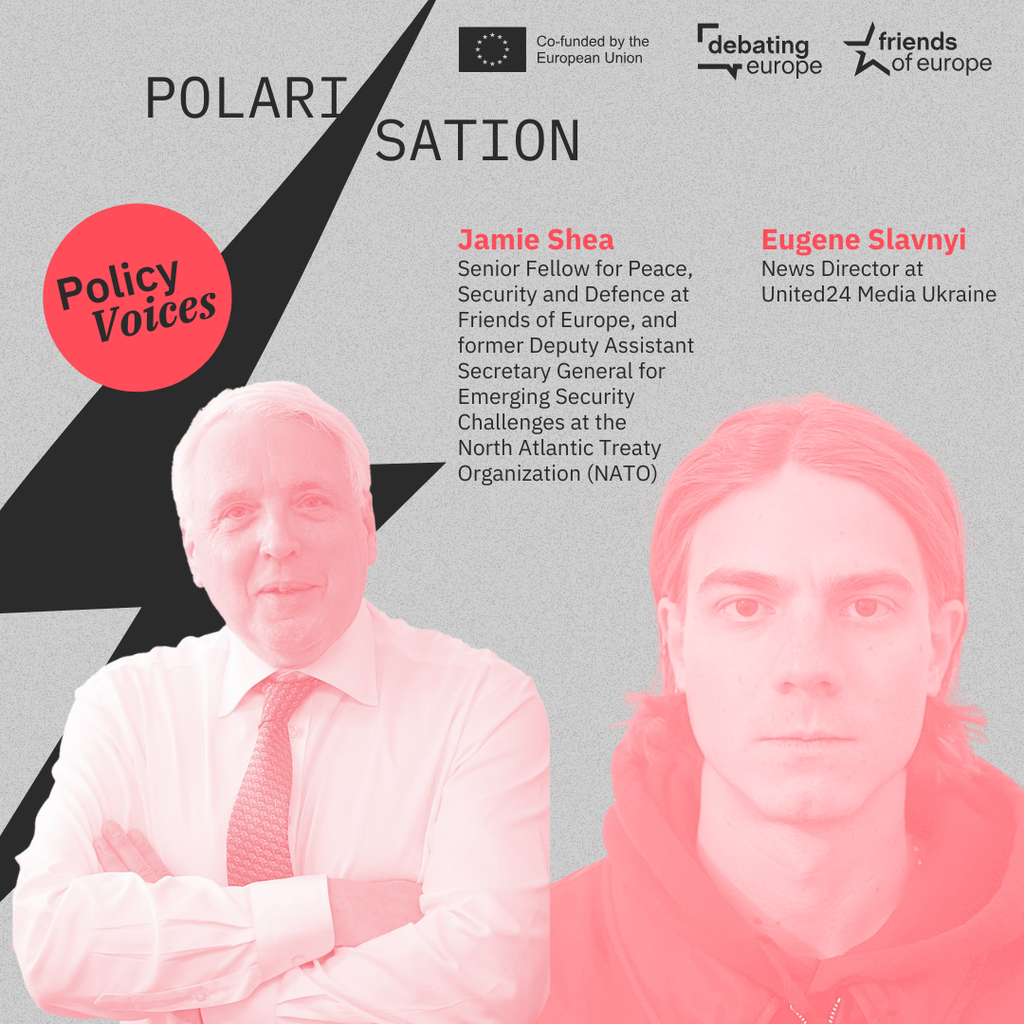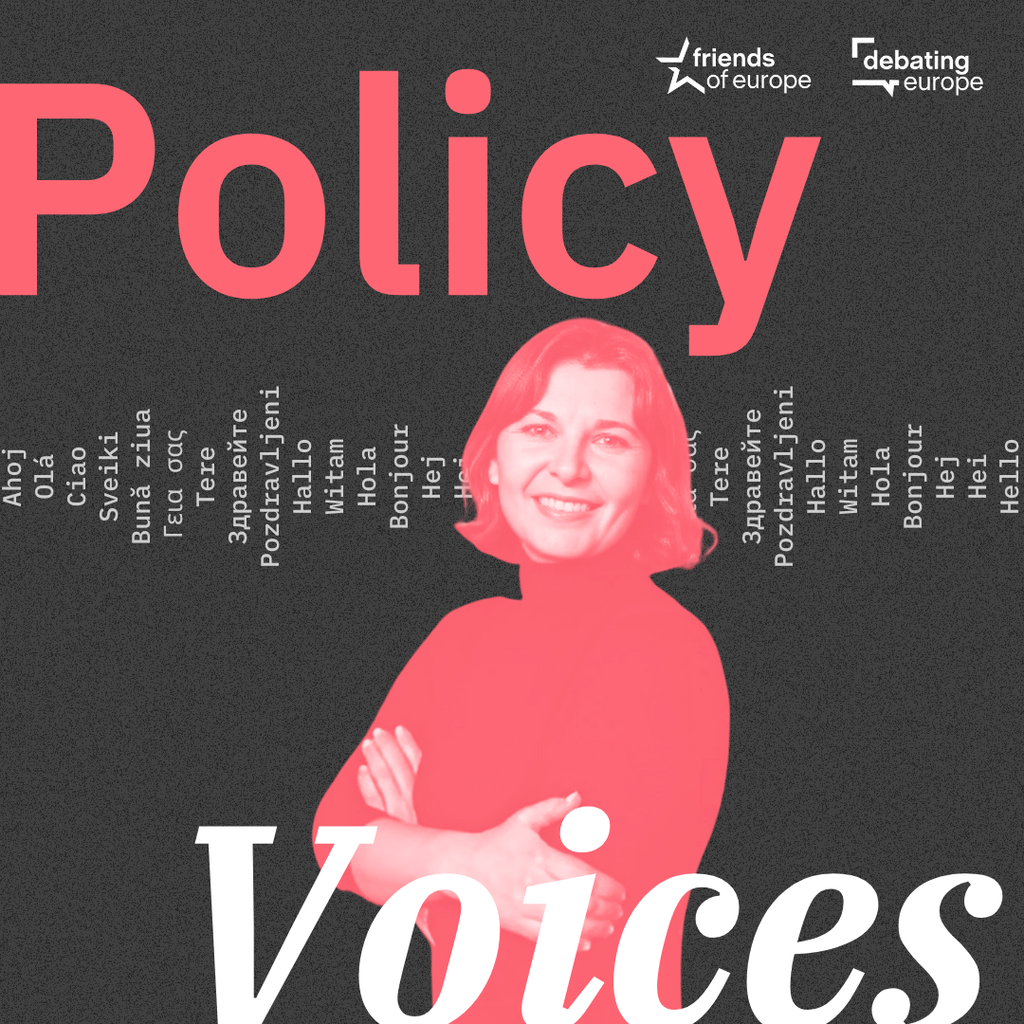From ambition to action: building Europe’s Defence Union
Past event In person

- Area of Expertise
- Peace, Security & Defence

Professor of Urban Geography
Jon Coaffee is Professor of Urban Geography at the University of Warwick and Director of the Resilient Cities Laboratory
Recent attacks in Berlin, Nice, Stockholm, London, New York, Melbourne and elsewhere had at least one thing in common: each used fast moving vehicles against crowded public spaces; ‘soft targets’ which are relatively open to attack due to their easy accessibility and high crowd density.
This has led to a re-evaluation of security in many public locations. In attempting to limit the occurrence and impact of such attacks, urban designers and security experts have, to date, primarily established measures that reduce vehicular access to public spaces and have sought to maximise the ‘standoff’ distance between the road and ‘target’ locations.
The techniques that have traditionally been applied to public spaces have largely been based on policing or military-style approaches that seek to secure access to risky locations through robust physical interventions. Such approaches are similar to commonly understood planning interventions such as Secured by Design or Crime Prevention through Environmental Design. They seek to make spaces safer through the manipulation of the built environment in ways that reduce the attractiveness and physical access to targets.
Most common amongst such initiated interventions have been ‘barrier’ methods of protective security: crash-rated security barriers, steel bollards or simple temporary concrete or wooden blocks, all of which are intended to limit vehicular access to public places. However, such a ‘one-size-fits-all’ approach to securing the public realm is seen by many as disproportionate due to its impact on the liveability, walkability, character and accessibility of public spaces.
In response to such challenges, a number of countries or cities ‒ notably the United Kingdom, the United States, Australia, and Abu Dhabi in the United Arab Emirates ‒ have advanced strategic planning and design guidance on how planners and other built environment stakeholders can respond to terror attacks in crowded locations.
Most common amongst such initiated interventions have been ‘barrier’ methods of protective security
Such guidance argues this should be done through embedding security into design plans in ways that reflect upon and turn threat information into effective, protective security measures. This should be considered at the earliest opportunity within a design process, and should be proportionate with the level of risk faced.
However, until recently, in practice, and faced with an escalating threat of urban terrorism, this has meant the ubiquitous use of security bollards or crude barriers, combined with high-visibility policing.
After recent tragic instances of vehicle-based terror attacks, cities have once again looked to bollards and barriers for protection. In many locations, these have been placed around key sites to stop further attacks or to reassure the public that the threat of terrorism is being taken seriously; as a display of ‘security theatre’, as some might call it.
But is it possible, then, to put effective counter-terrorism measures in place without changing how we use and feel about our urban centres? How can subtler landscape alterations and the innovative use of street furniture become the go-to option instead of obtrusive security features?
Reimagining a public realm improvement that seamlessly incorporates security requires that innovative thinking is applied in the design process. For example, can street furniture provide additional benefits and be designed to serve the purpose of protection, whilst adding an aesthetic or functional dimension to public space beyond its role in safety?
In a small number of locations, security features have been increasingly camouflaged and subtly embedded within the cityscape. Examples of such ‘stealthy’ features include balustrades or artwork erected as part of public realm improvements or hardened benches, lampposts, planter pots or other streetscape elements. These still fulfil the purpose of “hostile vehicle mitigation”, with designs capable of stopping a seven-ton truck traveling at 50 miles per hour (80 km/h). Road design alterations, such as chicanes, have also been used to reduce the speed of vehicles traveling to a target location.
The look and feel of our public realm is important
After recent vehicle attacks, alternatives to bollards are now being contemplated in a number of places as part of a desire to maintain an open and accessible city. In some locations, notably Milan and Melbourne, this has led to concrete blockers being decorated by protesters as a way of demonstrating against the imposition of security ‘eyesores’. There has been greater engagement in a number of cities with the artistic and cultural community with regard to designing alternative security interventions that reduce the appearance of security whilst keeping the city as vibrant and accessible as possible.
The look and feel of our public realm is important. How our public places are designed tells us a lot about the type of society we are and the type of society we would like to be. We live in dangerous times but how we react to the risk of terrorism will have an impact on our public areas and civic sense for many years.
In many ways, the threat to cities comes as much from our policy responses to such risks as the actual act of terrorism. In this sense, providing prescriptive guidelines on protecting against terrorism in public places is a difficult task, especially in societies that value freedom of movement but are seen as under threat of attack. Whilst ongoing urban revitalisation has increasingly emphasised the quality of life, this now sits uneasily beside concerns to “design-out” terrorism, as security becomes an integral part of the design process.
In responding to terrorism we should not let exceptional security measures become the norm. Put simply, bollards are not enough. We need to think inventively about how we can secure public spaces effectively whilst retaining the essential characteristics that make them accessible, friendly, walkable and welcoming places that are attractive, sustainable ‒ and safe.
Past event In person

Next event

Past event Online

Past event Online





Stay informed
We use cookies and similar technologies to adjust your preferences, analyze traffic and measure the effectiveness of our campaigns. Learn more about our privacy policy.